For about $10, you can build your own infrared goggles. No, these goggles won’t let you see through houses, clothing, or in the dark. These goggles work simply by blocking all light that is not infrared. In technical terms, the goggles are infrared-pass goggles, meaning they filter out everything that is not infrared.
The inspiration and design of these IR goggles comes from Bill Beaty.
Warning: Wearing these goggles causes dilation of your pupils, which means more infrared light is entering your eyes than normal. I can’t tell you whether or not this is dangerous.
The first thing you do is purchase a cheap pair of welding goggles with replaceable filters. I got these ones on Amazon, and they work great. You’ll also need a sheet of 181 Congo Blue gel filter and a sheet of 106 Primary Red gel filter.
Take the colored filters out of the welding goggles and for each eye, add 1 red filter and 1-6 blue filters. Put the goggles on on a bright sunny day, and enjoy walking through a surreal world of infrared light.
Most infrared light is invisible to the human eye. These goggles do not allow you to see more infrared light than you normally can–they just block everything else so that all you see is the infrared light. To “see” infrared light that is invisible to the human eye, try this IR detector. The way these goggles work is that the red filter blocks the various shades of blue light and the blue filter blocks the various shades of red light. Together, they block almost all shades of visible light except infrared and the very near-infrared.
The picture below is sort of what it looks like to walk the sunny outdoors while wearing the infrared goggles. The reality (looking through human eyes instead of the eyes of a camera) looks even more surreal. The purple/violet colors are a lot more powerful and vibrant than what you see through the eyes of a camera.
Warning: Do not look directly at the sun with these goggles. Even though the sun looks a lot dimmer, the goggles are not blocking any of the visible or invisible infrared light, which can severely damage your eyes in seconds.

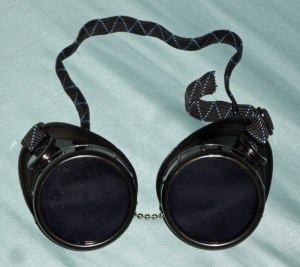
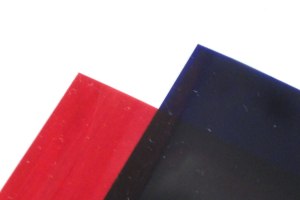



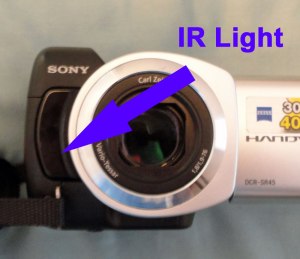
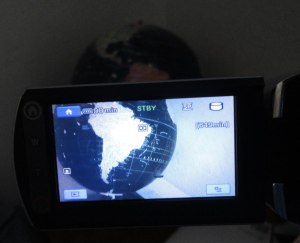
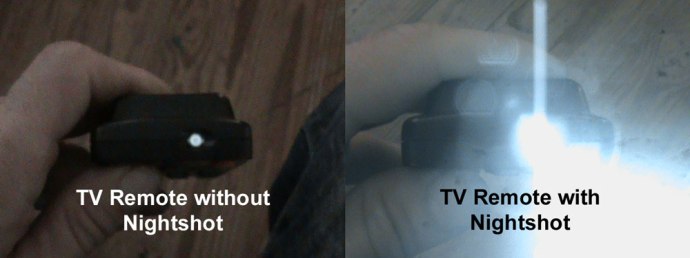
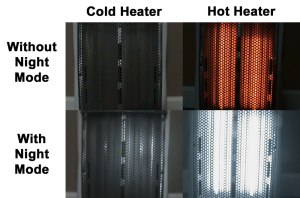



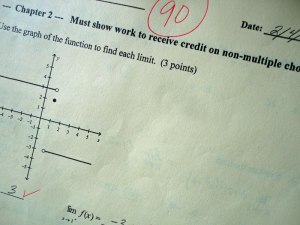
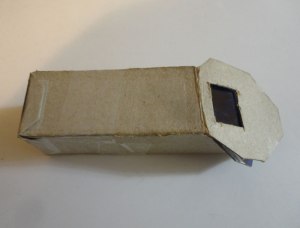

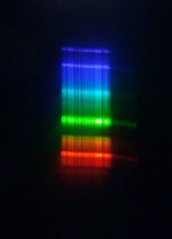
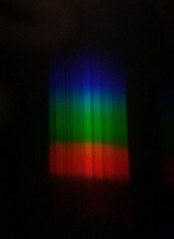


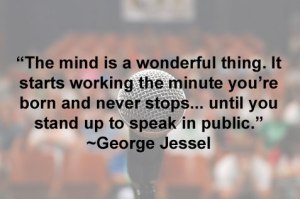

Recent Comments